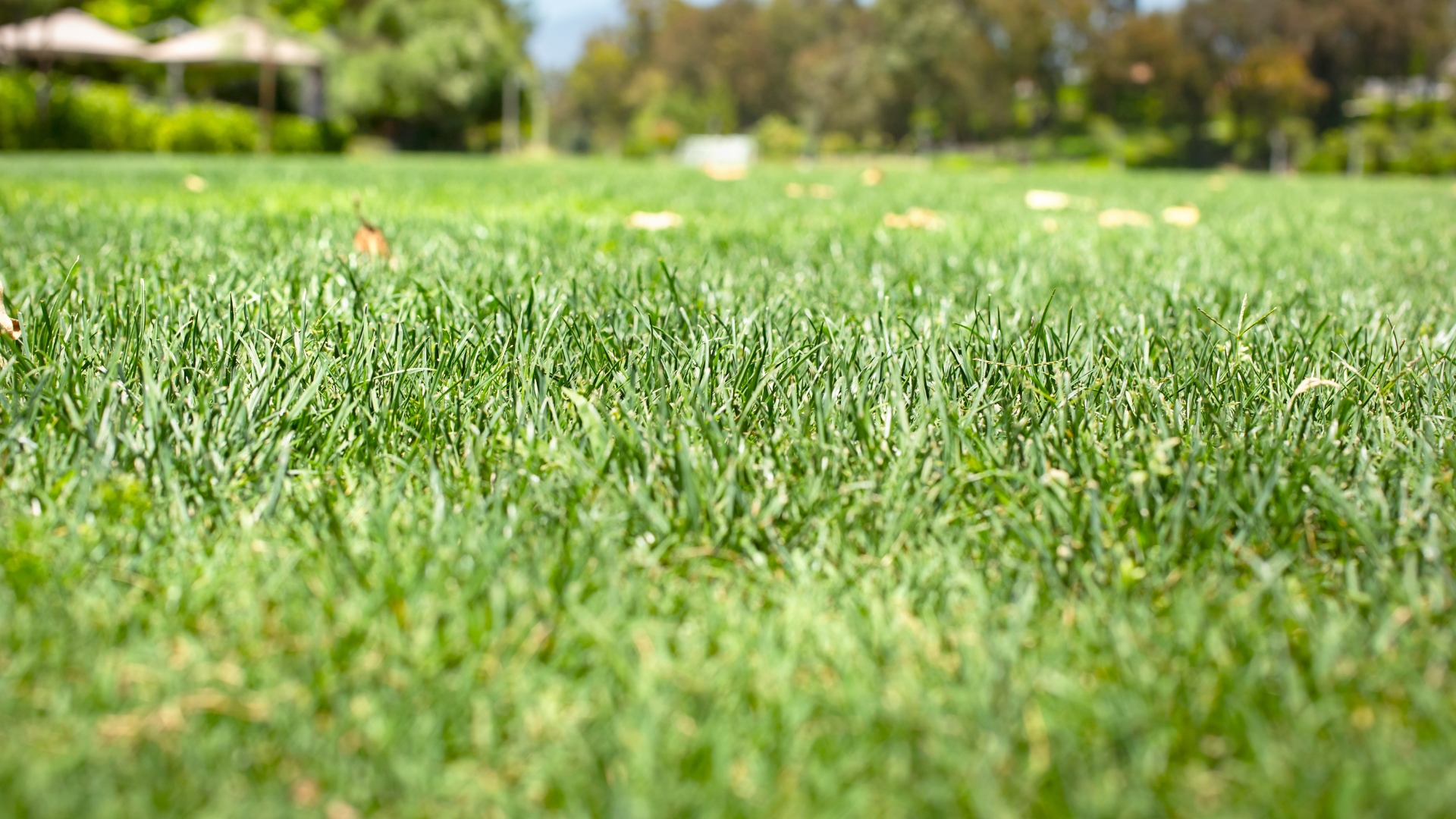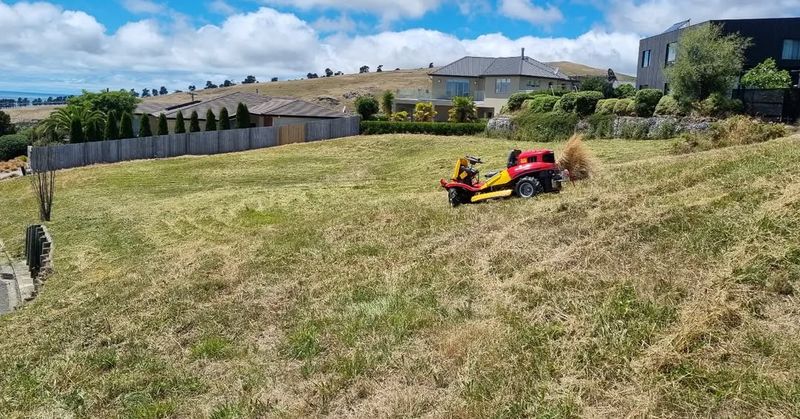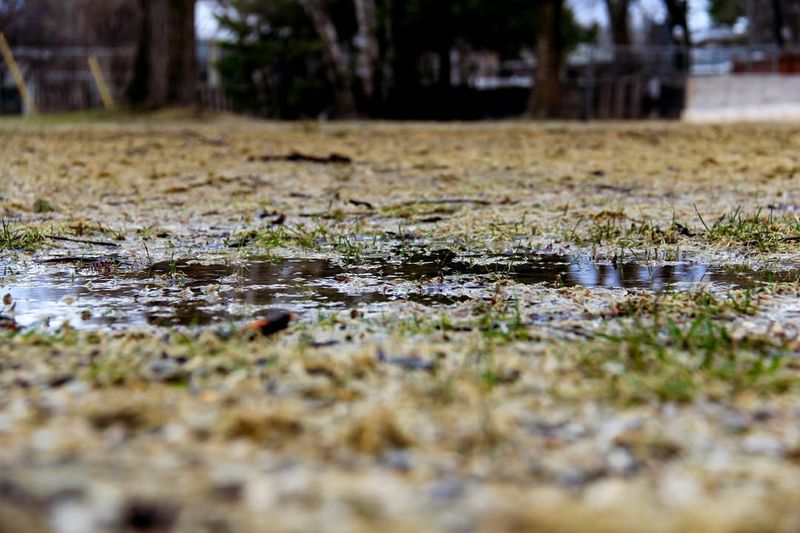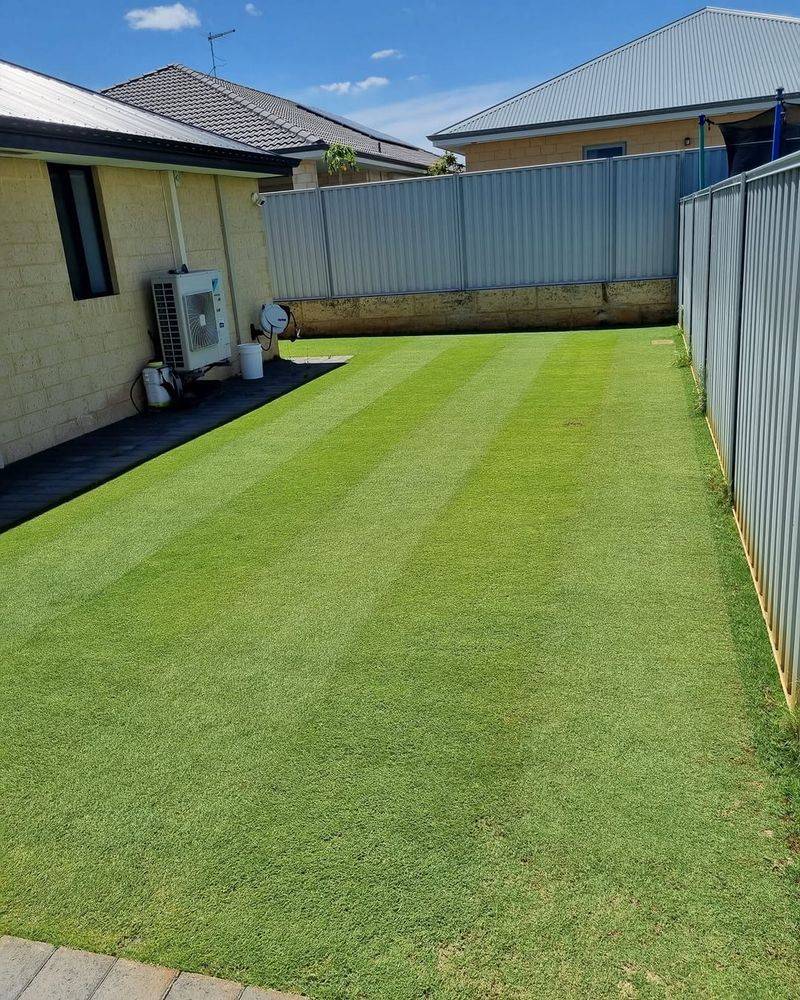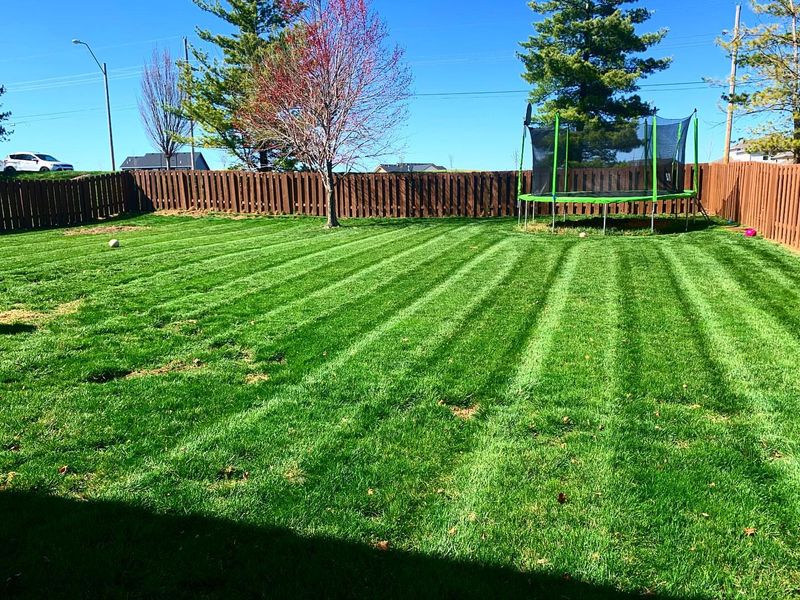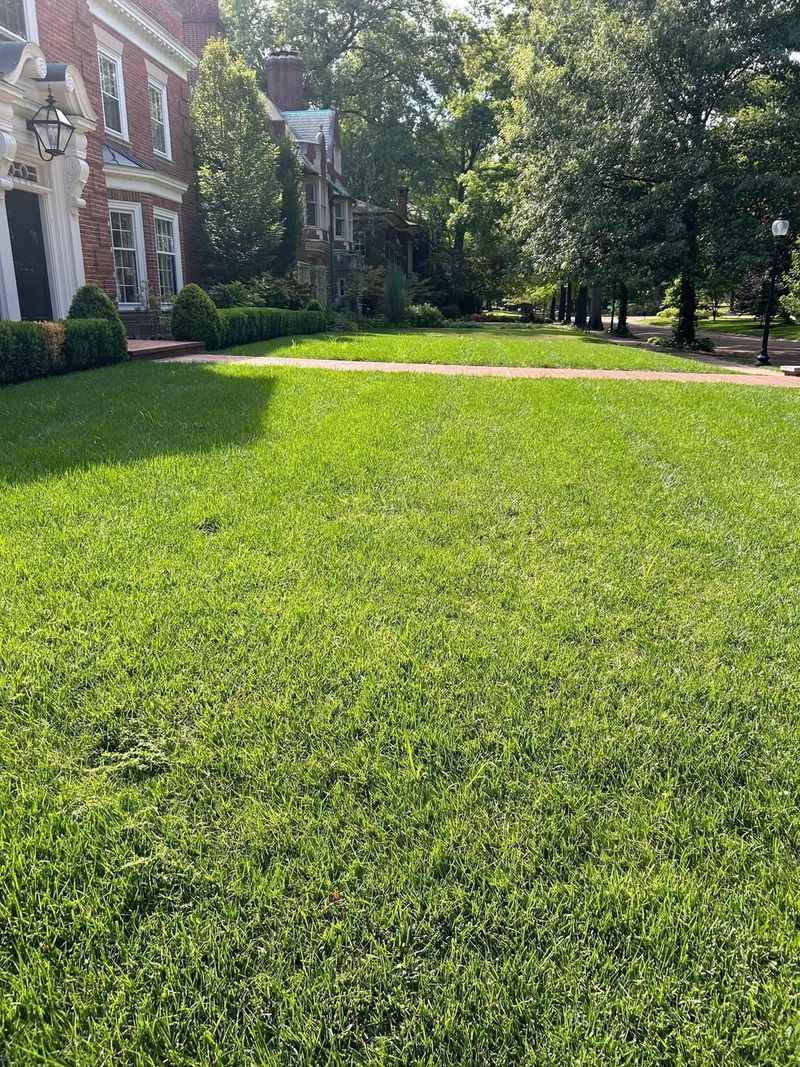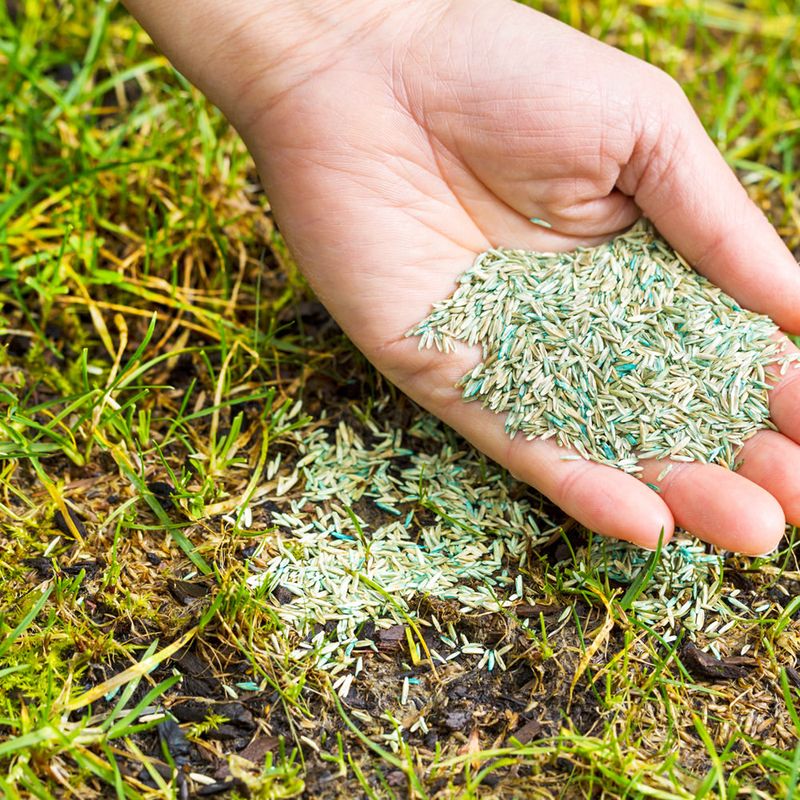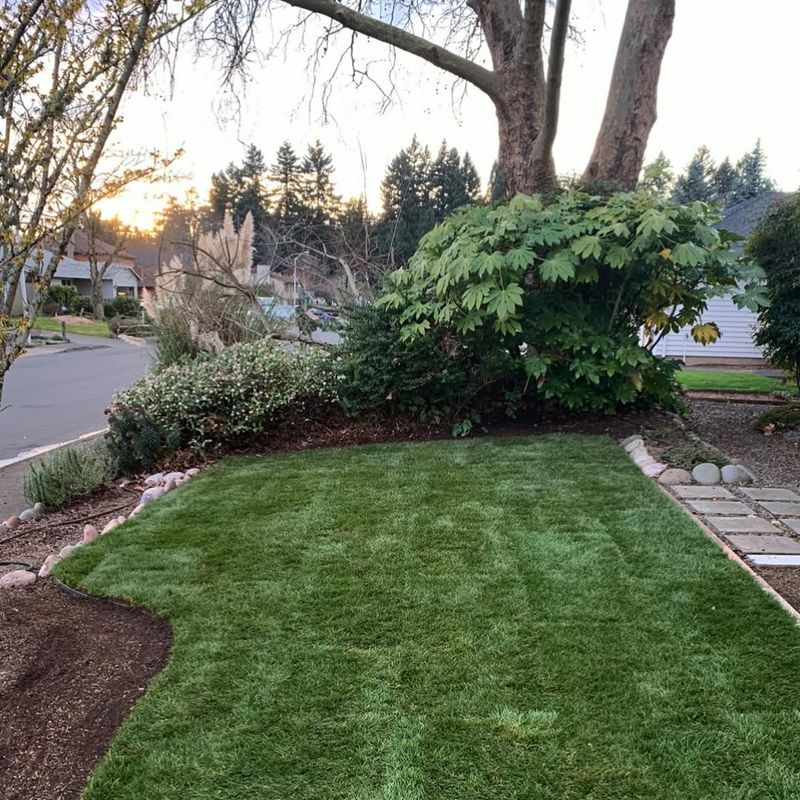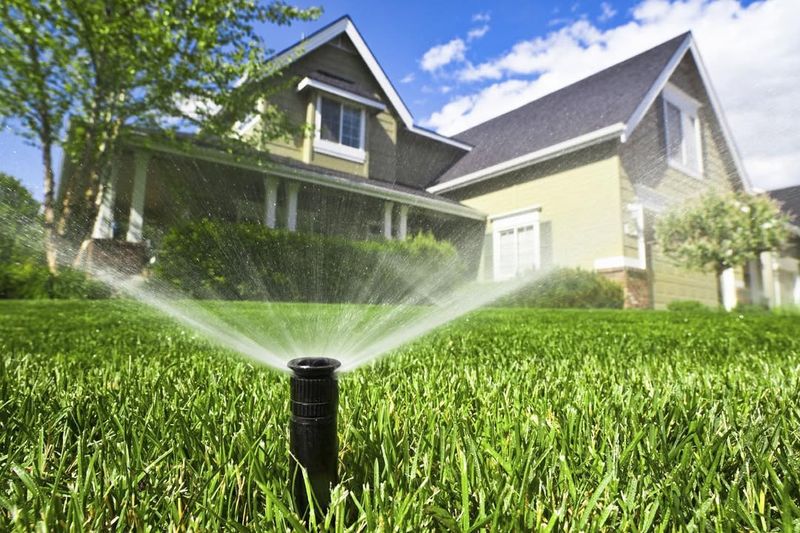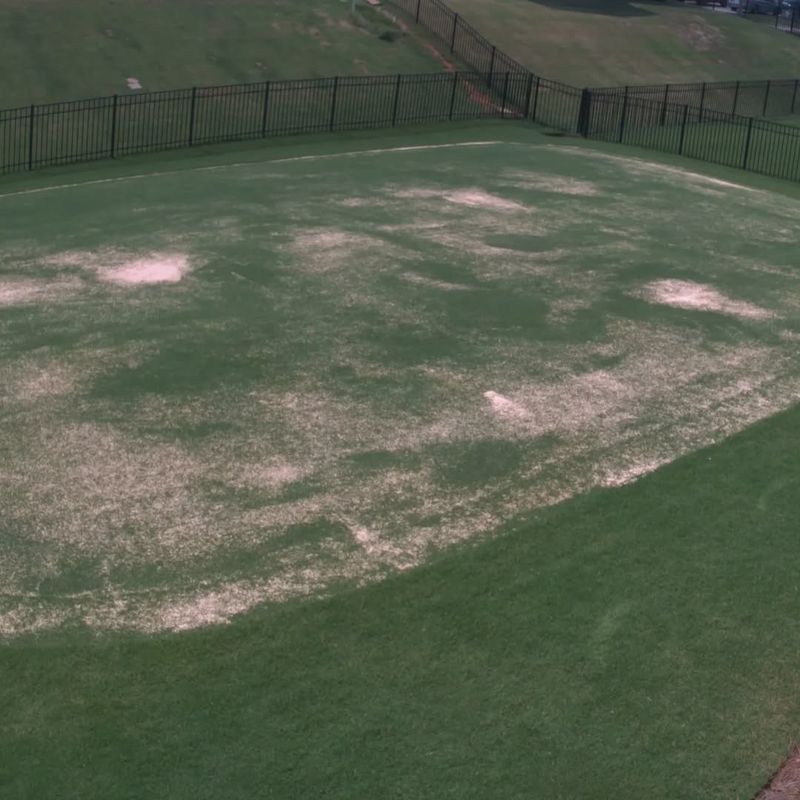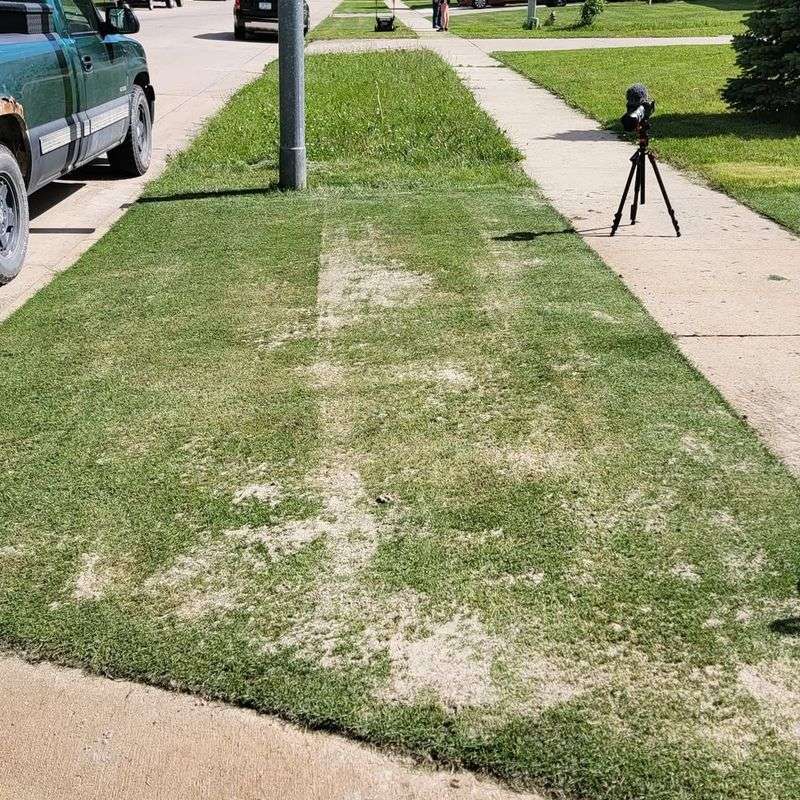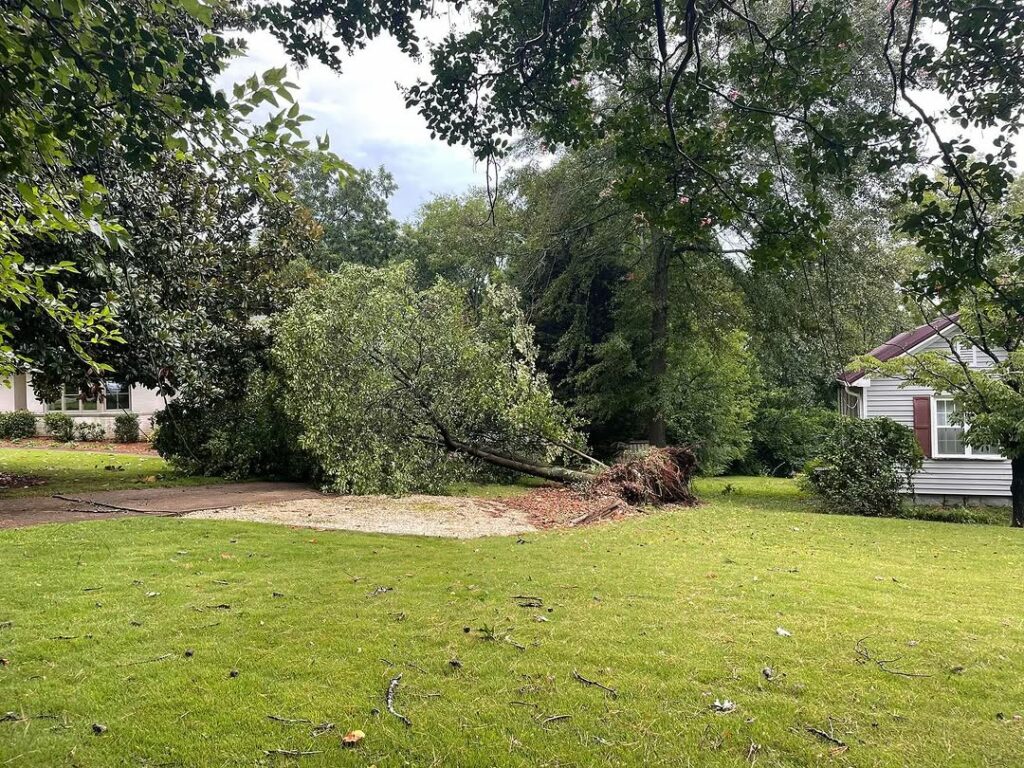A perfectly level lawn isn’t just about looks—it’s the secret to easier mowing, better drainage, and a yard that feels great underfoot. If you’re constantly tripping over hidden dips, dodging puddles after every rain, or struggling with a bumpy mowing experience, your lawn might be begging for a little TLC.
Uneven ground can lead to patchy growth, pooling water, and even safety hazards, but the good news is, fixing it is easier than you think. With the right timing and approach, you can turn that rough, lumpy turf into a lush, seamless green oasis.
1. Signs That Your Lawn Needs Leveling
Sometimes, your lawn can look like it’s having a bad hair day with bumps and dips everywhere. Water pooling in certain spots or uneven mowing lines are common indicators that leveling might be in order.
These peculiar quirks can make your yard look more like a roller coaster than a serene garden. Tripping hazards are another tell-tale sign that your lawn is crying out for help. As you navigate your yard, the last thing you need is a surprise tumble.
2. To Eliminate Uneven Spots For Better Drainage
Bumpy lawns often collect water in all the wrong places, creating a mini-lake effect. This can lead to waterlogged areas that encourage fungal growth and root rot. By leveling your lawn, you create a harmonious landscape where water disperses evenly, preventing these soggy scenarios.
Improved drainage not only helps the health of your grass but also keeps your shoes dry after a downpour. Eliminating low spots ensures water flows efficiently off your property, reducing maintenance headaches and ensuring a lush, green lawn.
3. To Improve Mowing Efficiency
Mowing a bumpy lawn is akin to riding a mechanical bull; challenging and not much fun. Uneven terrain leads to inconsistent cuts, scalping, and even damage to your equipment.
A level lawn, however, provides a smooth ride for both you and your mower. Leveling your lawn can transform mowing from a dreaded chore into a breezy walk in the park. It allows for uniform cutting, enhancing the overall appearance and health of your grass.
4. To Prevent Trip Hazards By Removing Bumps
Those pesky bumps and dips are not just unsightly; they’re also safety hazards. In high-traffic areas like yards and pathways, an uneven lawn can be a tripping menace. Leveling the ground creates a safer environment for family fun and frolic.
Whether you’re hosting a backyard barbecue or watching kids play, peace of mind comes with a level lawn. By smoothing things out, you reduce the risk of accidents and injuries, allowing everyone to enjoy the great outdoors without worry.
5. To Encourage Healthy Grass Growth
A level lawn is more than just eye candy; it’s a health booster for your grass. With even water distribution and nutrient absorption, your grass can develop robust roots and a vibrant green hue.
Leveling ensures every blade gets the love it needs, promoting uniform and luscious growth. This balanced approach not only enhances the lawn’s appearance but also its resilience against pests and diseases. A healthy, level lawn is truly a gardener’s pride and joy.
6. To Reduce Thatch Buildup
Thatch can be as sneaky as a ninja, silently building up in your lawn’s low spots. This layer of organic matter traps debris and can suffocate your grass if left unchecked. Leveling your lawn helps prevent excessive thatch accumulation by promoting better air circulation.
With a level surface, the organic material decomposes more efficiently, reducing thatch buildup. This not only improves the health of your grass but also makes maintenance tasks like aeration more effective.
7. To Aid Overseeding For Best Results
Timing and technique are everything when it comes to overseeding. A level lawn is an ideal canvas for this task, allowing seeds to make good contact with the soil.
This enhances germination rates and leads to even, healthy new growth. Before overseeding, make sure to level your lawn to boost the chances of success. The smoother the surface, the easier it is for seeds to settle and sprout.
8. Leveling A Lawn For New Sod Installation
Laying new sod is like rolling out the green carpet for your lawn. However, without proper leveling, the sod may not take root effectively. Start by preparing the soil and grading it to ensure a flat surface.
Leveling the ground before sod installation guarantees better root contact and helps the new grass establish quickly. The key is to create a stable base that supports healthy growth and minimizes gaps.
9. How Soil Moisture Affects Lawn Leveling
Soil moisture is the unsung hero of successful lawn leveling. The trick is finding the perfect balance – moist but not soggy. This ensures the soil is malleable enough to work with but not so wet that it compacts easily.
Gauge the soil moisture by pressing a probe or screwdriver into the ground. If it goes in easily without too much resistance, you’re good to go. Proper preparation will make the leveling process smoother and more effective, leading to a perfectly flat and happy lawn.
10. Choosing The Right Materials For Lawn Leveling
Materials matter when it comes to lawn leveling. Whether it’s sand, compost, or topsoil, each has its own merits. Sand is great for minor leveling due to its fine texture, while compost adds nutrients.
Topsoil offers a balanced approach, providing both structure and nourishment. Choosing the right material depends on your lawn’s needs and your grass type. Mixing materials can also yield great results.
11. How Often Should You Level Your Lawn?
The frequency of leveling depends on factors like soil type, grass variety, and yard usage. Generally, a yearly check-up works wonders for most lawns, but some might need more regular attention.
Keep an eye on your lawn and adjust your leveling schedule accordingly. Regular maintenance prevents problems from escalating and keeps your lawn consistently smooth.
12. Best Time To Level A Lawn for Cool-Season Grasses
Cool-season grasses thrive best when leveled in early fall or spring. During these periods, temperatures are mild, and grass growth is active, allowing it to recover quickly from leveling.
Optimal results come from working with nature’s schedule. By timing the leveling right, you can ensure your cool-season grasses like fescue, bluegrass, and ryegrass grow evenly and robustly.
13. Ideal Timing For Leveling Warm-Season Grass Lawns
Warm-season grasses prefer the heat, making late spring to early summer the ideal time for leveling. This is when growth is at its peak, allowing the grass to bounce back swiftly from any disruptions.
By leveling during this growth spurt, you ensure that your Bermuda, Zoysia, or St. Augustine grass stays healthy and lush. Timing is crucial here, as the right conditions will make the process more effective and less stressful for your lawn.
14. Why You Should Avoid Leveling During Extreme Weather
Extreme weather and lawn leveling are not the best of friends. Heatwaves, droughts, heavy rainfalls, or winter dormancy can all hinder grass recovery. These conditions stress the grass, making it less resilient to changes.
It’s better to wait for milder weather to ensure a successful leveling process. This patience pays off as the grass heals and adapts more easily, resulting in a healthier and more beautiful lawn.
15. How Weather Conditions Affect Lawn Leveling Success
Weather conditions are the secret sauce to lawn leveling success. Temperature, humidity, and soil moisture all play a role in how well the process goes. Ideal conditions help the soil settle evenly without compacting.
Plan your leveling activities around favorable weather forecasts. Clear skies and moderate temperatures create the perfect environment for tackling this task.

